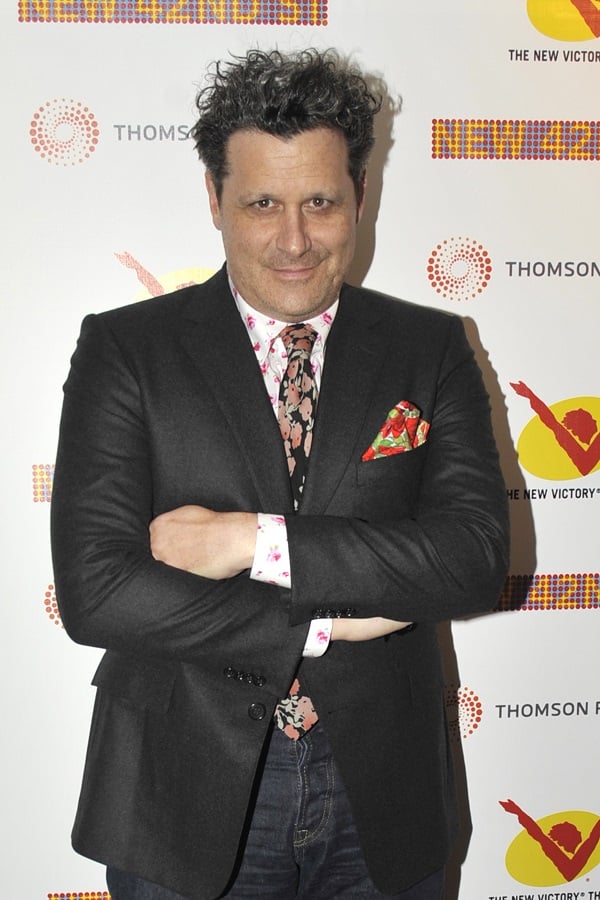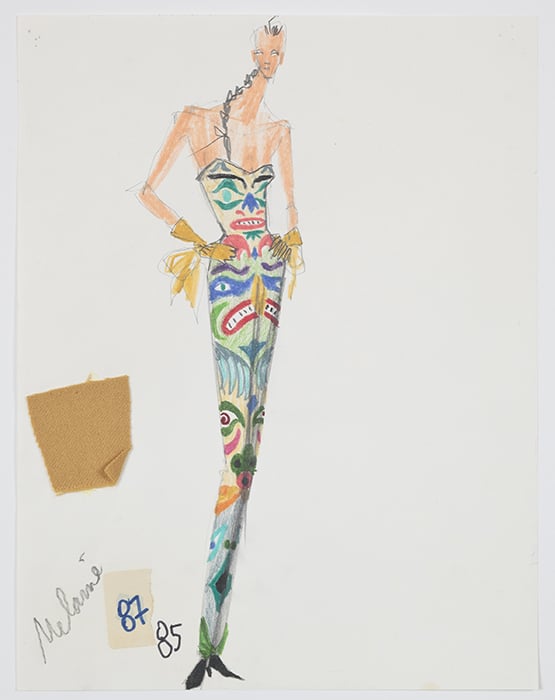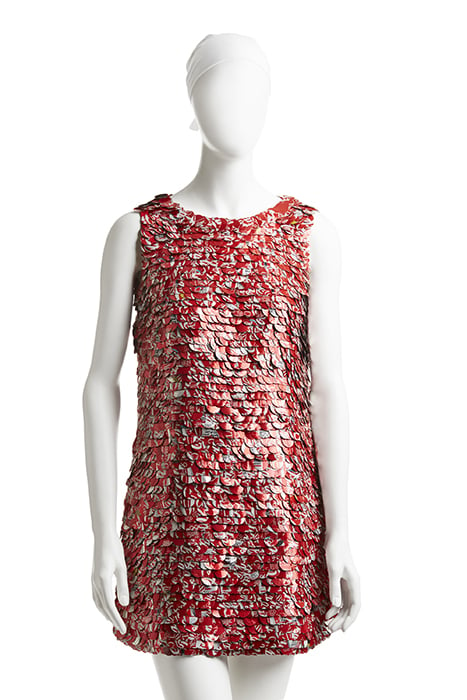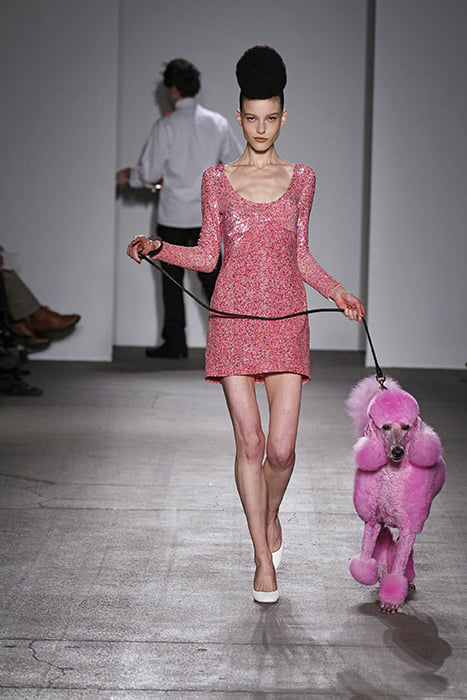Art & Exhibitions
5 Things To Know About Isaac Mizrahi in Advance of His Jewish Museum Exhibition
He sent soda cans down the runway and helped define the '90s.

He sent soda cans down the runway and helped define the '90s.

Cait Munro

If you’re planning on seeing “Isaac Mizrahi: An Unruly History,” which opens to the public at the Jewish Museum on March 18 and runs though August 7, there’s a few things about the seminal fashion designer you may want to know. Mizrahi, who was raised in Brooklyn by a Jewish family, revolutionized the industry with his wearable aesthetic, democratic sensibilities, and utilization of the media to build his brand.
It’s worth noting that the museum’s tribute to Mizrahi is their most high-profile fashion exhibition yet, with the potential to become follow in the blockbuster footsteps of Alexander McQueen’s “Savage Beauty,” and “China: Through the Looking Glass.”

Poster for Unzipped.
Photo: Wikimedia Commons.
1. His fall 1994 New York Fashion Week show is still revered in the fashion industry:
Mizrahi’s 1994 fall collection featured every major supermodel of the day, was met with critical acclaim across the board, and was teased for six months before its unveiling. It even became the subject of its own documentary, Unzipped, which in a world before social media and smartphones (crazy, we know) provided an unprecedented glimpse into the insular world of the fashion elite. The collection itself has been called the “platonic ideal of wearable chic.”

Isaac Mizrahi, sketch for “Totem Pole” gown, fall 1991. Photograph by Richard Goodbody, Jewish Museum, New York.
2. He’s partially responsible for the ubiquitous “diffusion line” retail trend:
These days, almost every big box store and fast fashion outlet have at least one designer diffusion line or limited-edition collaboration that allows regular people with regular budgets access to the name brands they covet. Mizrahi’s collection for Target, which debuted in 2002, is one of the earliest examples of this phenomenon. Despite the slew of imitators over the years, Racked reports that retail analyst group NPD still considers it one of the most financially successful fashion collaborations in history.
3. He owns art:
In 2014, Architectural Digest visited the airy Greenwich Village apartment Mizrahi shares with his husband Arnold Germer. The spread revealed the couple’s diverse art collection, which features a large Tomory Dodge painting, Ludwig Bemelmans drawings, and an array of fashion illustrations. “I tell people all the time, ‘Buy what you like, trust your instinct, your impulse!’” Mizrahi told writer Lynn Yaeger during the visit.

The Real Thing, Coca-Cola–can paillette dress, spring 1994. Photograph © Jason Frank Rothenberg.
4. He sent Coke cans down the runway:
In a vaguely Warholian effort, Mizrahi sent a dress covered in paillettes made from Coca-Cola cans down the runway for his spring 1994 collection. To make the custom baubles, Mizrahi worked with the charity We Can to employ homeless New Yorkers to collect empty cans, shipped the cans to a sequin-maker in Paris, and then shipped the garments to India to be hand-beaded.
5. He’s worn by art conservators:
Mizrahi is responsible for a flock of well-dressed art conservators at the Smithsonian American Art Museum and the National Portrait Gallery, for whom he designed denim work aprons in 2006. According to a press release, “The aprons have several carefully considered details, including deep, angled pockets for tools and brushes, and satin tape on the back of the ties that drapes to reveal the name of the center.”

From the “Cake” collection, fall 2011.
Photo: Dan Lecca.
“Isaac Mizrahi: An Unruly History” will be on display at the Jewish Museum from March 18–August 7, 2016.